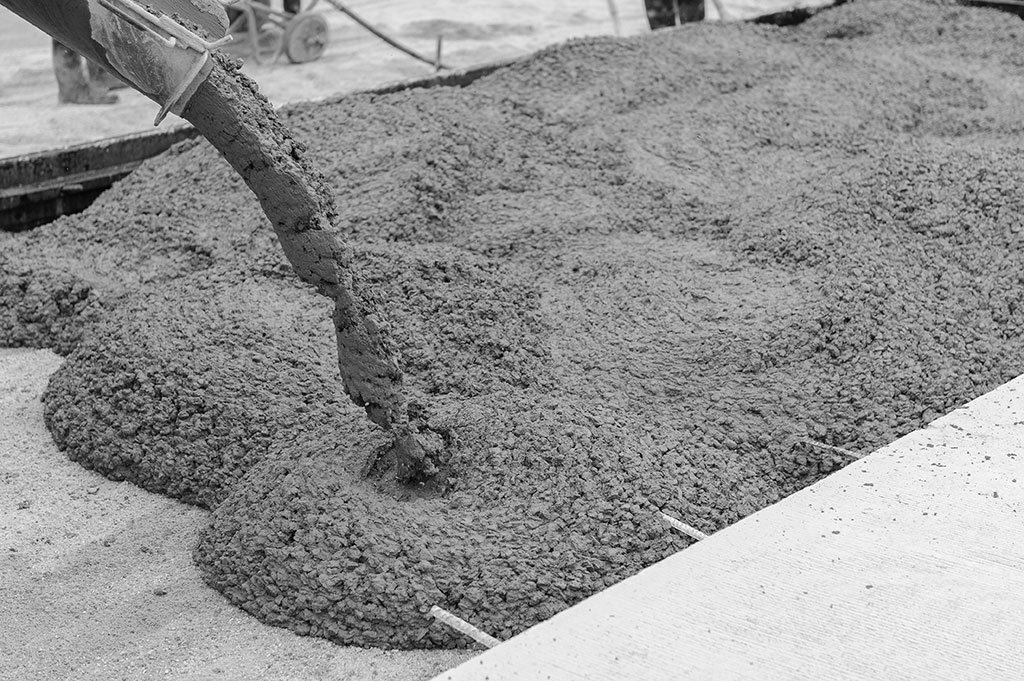The process of curing concrete is an important step that ensures the proper development of strength. It involves maintaining the optimum moisture content in concrete and controlling temperature conditions. Proper curing can minimize thermal, plastic and drying shrinkage cracks as well as improve durability, impermeability, water tightness and abrasion resistance.
Strength
Concrete slabs Melbourne derives its strength from hydration of cement particles. This process is rapid at early ages but continues slowly for an indefinite period. Proper curing helps in accelerating the strength gain and ensures durability, water tightness, abrasion resistance and volume stability.
When a concrete mix is not properly cured, it will not reach the required strength for its intended use. This can result in thermal cracks, a weaker surface and lower abrasion resistance.
It is vital that curing starts as soon as the concrete is poured and finishes once the finishing work has been completed. The curing should be carried out while a uniform temperature is maintained throughout the concrete depth to avoid thermal shrinkage cracks. Ponding, immersion, spraying, fogging and wet coverings are common curing methods. Some precasters may also use accelerated curing practices with the help of admixtures and warm water to increase the rate at which concrete gains strength. These techniques are not suitable for all applications.
Durability
Concrete that is not properly cured is much more likely to develop plastic shrinkage cracks and has less overall strength than concrete that has been properly cured. In addition, it will be prone to water leaks and is unlikely to withstand the pressure of heavy loads.
The hydration process is a critical step in achieving concrete strength and durability. Curing is necessary to ensure that the concrete remains wet enough to continue the hydration reaction and gain its full strength. Curing also helps to avoid premature stressing, disturbance, or cracking in the concrete and improves impermeability and abrasion resistance.
The curing process is most effective when humidity levels are high to prevent water evaporation and maintain reasonable hydration rates. TK Products offers several different curing materials for specific applications and environments, including water sprinkling and wet curing blankets/tarps.
Abrasion Resistance
Concrete with high abrasion resistance is needed for flooring in warehouses or to prevent damage to equipment. Abrasion can be caused by steel wheeled forklifts, pallet and stillage jacks or even by impact from falling objects.
Good curing is vital for abrasion resistance. It is also influenced by the aggregate type and size, mix proportions, w/c ratio and supplementary cementing materials (SCMs) used. Studies on SCMs such as fly ash, GGBFS and silica fume have shown that their addition increases the abrasion resistance of concrete.
Curing can be done using a variety of methods such as water spray, surface-applied curing compounds or ponding. The main thing is to keep the concrete wet and protect it from moisture loss, especially in extreme temperatures. The temperature control aspect of curing is important as it can help to avoid thermal cracking and achieve the specified concrete strength. It can also be beneficial for the concrete to be cured over a longer period of time to improve its abrasion resistance.
Weather Resistance
Just like a new born baby needs to be protected from the harsh environment in which it is brought into this world, similarly a newly poured concrete requires proper curing. It is the responsibility of the site engineers & supervisors to ensure that curing is not ignored at their construction sites.
Proper curing enhances the strength of the concrete, increases durability and improves water-tightness. It also helps in minimising the thermal, plastic & drying shrinkage cracks and provides better resistance to surface wear & tear, abrasion & soiling.
To retain the moisture in concrete during curing, one can use a number of methods. These include sprinkling concrete with water, covering it with polyethylene sheets or using concrete curing blankets that can be purchased from DIY stores. These techniques should be done regularly to ensure that the concrete is kept moist. This will also help in maintaining the desired temperature during curing. This will prevent the evaporation of bleed water and delay concrete drying.
